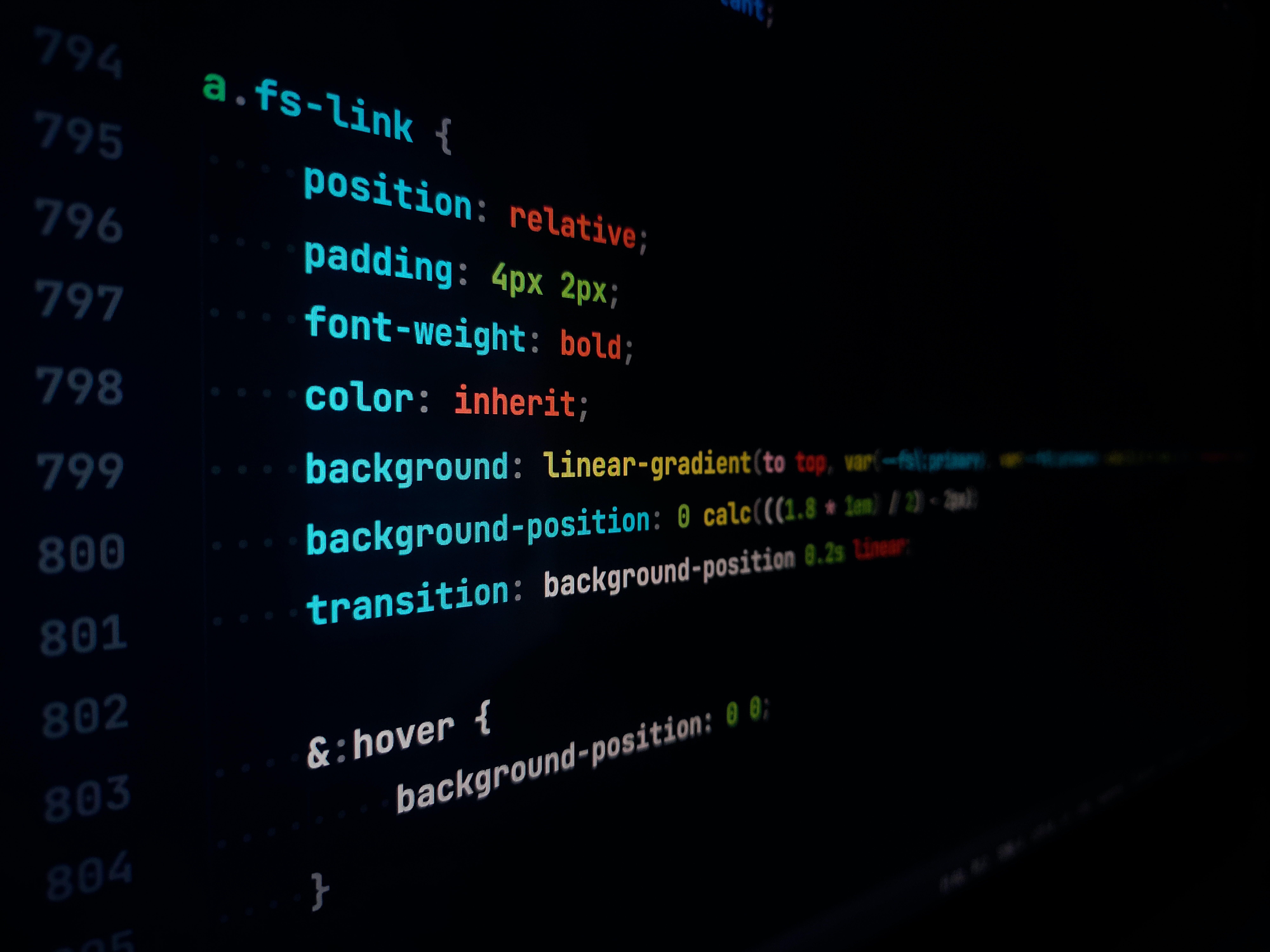Fundamental CSS concepts to learn as a beginner
 Jay Kumar Gupta
Jay Kumar Gupta
Cascading Style Sheets (CSS) is a stylesheet language used to describe the presentation of a document written in HTML.CSS describes how elements should be rendered on screen and other media.
At first glance, CSS might seem overwhelming and frustrating to a beginner. But with learning, you will realize that it is very easy to use CSS properties.
There are many CSS properties that you can use: too many to learn them all the right way or even to remember or understand how they work.
Here are all the core CSS fundamentals you must learn as a beginner:
1. Learn general properties
Font properties
Text properties
Color properties
Linking CSS file: Inline, external and internal.
2. Positioning
Static
Relative
Absolute
Sticky
Fixed
3. Box Model
Border
Margin
Padding
Box sizing
Learn to use the shorthand of these properties.
4. Layouts: Flex-box and Grid
Understanding these two layouts are very important. Learn how these layouts work and which properties are implemented on parent and child elements.
5. Responsive units
rem
em
max-width and min-width
viewport-height and viewport-width
percentage unit
6. Selectors, grouping selectors and combinators
Selectors
Universal selector
Type selector
class selector
id selector
Attribute selector
Grouping selectors
Combinators
Descendant combinator
Child combinator
general sibling combinator
Adjacent sibling combinator
7. Pseudo-elements and classess
::After & ::Before
: active
: hover
: nth-child
Explore more on your own...
8. Centering using:
margin
Flexbox
Grid
Transform and translate
9. Inheritance
Which properties are inherited from the parent and which are not?
10. Display and visibility
Learn how to hide elements using these.
11. Z-index
The z-index property specifies the stack order of an element.
12. Transition
CSS transitions provide a way to control animation speed when changing CSS properties.
13. Animation
CSS animation is a feature of CSS that allows you to animate a change in one or more style properties of an element, as well as control various aspects of the animation.
14. Specificity
Specificity determines, which CSS rule is applied by the browsers.
Specificity is usually the reason why your CSS rules don’t apply to some elements, although you think they should.
15. Background and Background-image
Most of the time we use a background image on the different sections of a website.
Learn how to use backgrounds.
16. Media-queries
Media queries make the website responsive and allow you to apply CSS styles depending on a user’s device, browser or system settings.
17. Transform
The transform CSS property lets you rotate, scale, skew, or translate an element.
Conclusion:
So these are all the fundamental concepts that you must learn in CSS as a beginner. Having a core understanding of these concepts is necessary.
Thanks for reading!!
Follow me for getting more useful articles on Frontend Development.
If you have any question or doubts, you can comment below 👇👇👇
Keep learning!! 😀
Subscribe to my newsletter
Read articles from Jay Kumar Gupta directly inside your inbox. Subscribe to the newsletter, and don't miss out.
Written by

Jay Kumar Gupta
Jay Kumar Gupta
👋 Hello Hashnode Community! I'm Jay Kumar Gupta, a 2024 Computer Science graduate with a passion for building robust and scalable web applications. 🎓 Skilled in MERN stack (MongoDB, Express.js, React.js, Node.js), PostgreSQL, Next.js, and TypeScript, I’m continuously honing my expertise by working on modern, efficient projects that solve real-world problems. 🚀